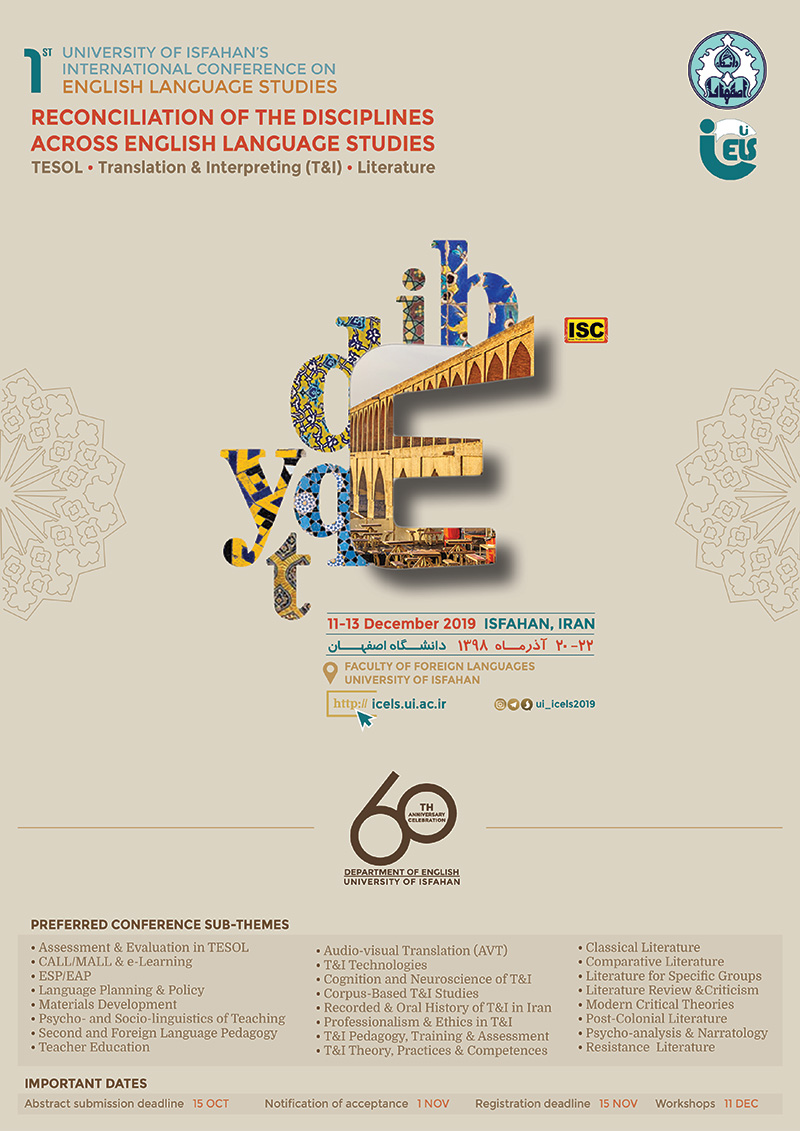
Shelley’s “Ozymandias”: A Mytho-archetypal Approach
نویسندگان :
Pyeaam Abbasi ( University of Isfahan ) , Roohollah Datli Beigi ( University of Isfahan ) , Zahra Jannessari Ladani ( University of Isfahan )
چکیده
As the finest sonnet Shelley ever wrote, "Ozymandias" (1818) expresses the poet s profoundly eternal hatred of tyranny. One of the distinctive features of the poem is the vividly impressive visual images it presents of the ruined statue and the level sands of the desert. Although the poem, through depicting an extinguished and turned to ash civilization, seems to be utterly pessimistic, Shelley s idealism and optimism are not completely absent from the poem. The aim of this study is to show how the poem defies the pessimism and nothingness apparently present at the end of the poem via the images of the shattered statue and the sands of the desert. Accordingly, using a mytho-archetypal approach, it will be argued that this return to dust at the end of the poem is actually a backward movement to unity, oneness and the unconscious with the potentiality of giving birth to a new consciousness and order. Put differently, the ruins of the poem function as the ashes of an extinguished civilization out of which rises a new one as the phoenix rises anew from its own ashes. Thus, the final dissolution or erosion of the statue in the poem suggests the death or winter of a corrupted and tyrannous civilization entailing the potentiality of a phoenix-like rebirth and spring respectively. The participation in this Dionysian ritual gives rise to the hope of immortality of the art and the artist.کليدواژه ها
Ozymandias, ruins, phoenix, rebirth, Dionysusکد مقاله / لینک ثابت به این مقاله
برای لینک دهی به این مقاله، می توانید از لینک زیر استفاده نمایید. این لینک همیشه ثابت است :نحوه استناد به مقاله
در صورتی که می خواهید در اثر پژوهشی خود به این مقاله ارجاع دهید، به سادگی می توانید از عبارت زیر در بخش منابع و مراجع استفاده نمایید:Roohollah Datli Beigi , 1398 , Shelley’s “Ozymandias”: A Mytho-archetypal Approach , اولين کنفرانس بين المللي مطالعات زبان انگليسي
دیگر مقالات این رویداد
© کلیه حقوق متعلق به دانشگاه اصفهان میباشد.
